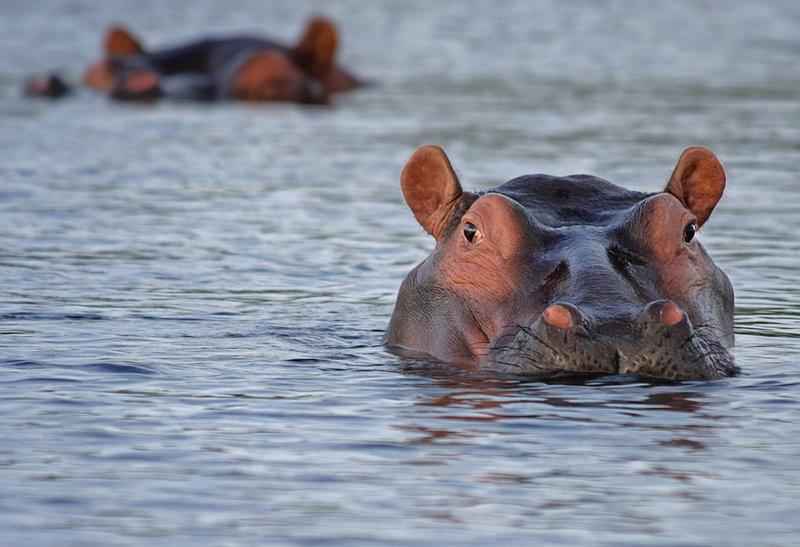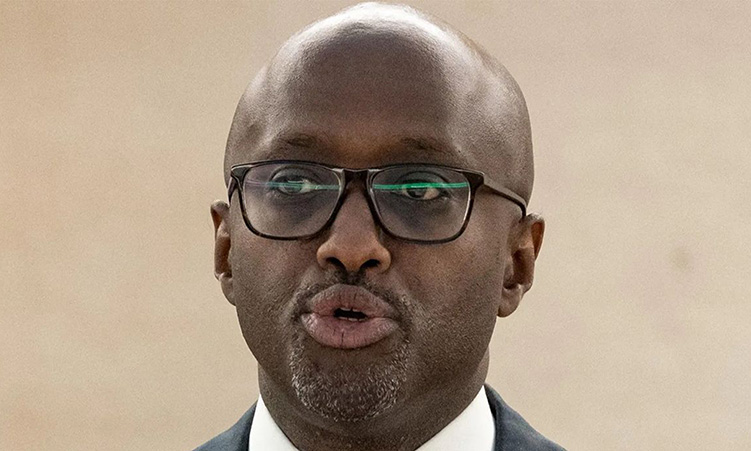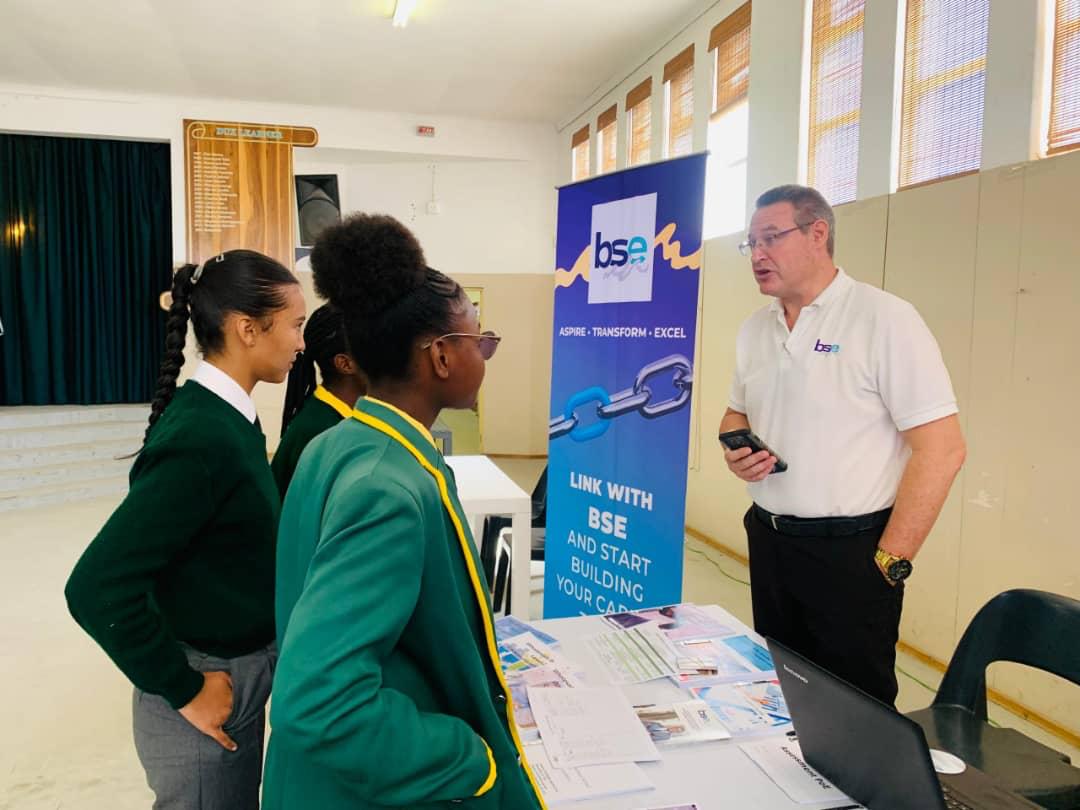THE number of suspected polio cases in Namibia stood at 199 yesterday as health authorities worked on finalising preparations for next week’s second round of the vaccination campaign.
Health Permanent Secretary Dr Kalumbi Shangula announced yesterday that the death toll had reached 23. On Tuesday last week, the death roll had remained steady – at 17 – for two weeks.Only 17 of the 199 suspected cases have been confirmed as polio while 82 people have been discharged from the different hospitals.A month ago, 60 suspected cases were reported, with 10 deaths.Shangula said 91 suspected cases (45,7 per cent) came from the Khomas Region, followed by 39 or 19,6 per cent from the Oshana Region.The other regions accounted for between 0,5 per cent and 4,5 per cent of the reported cases.The second shipment of Monovalent Type One Oral Poliomyelitis (mOPV) vaccine arrived in Namibia last week and health authorities have stepped up preparations for the second round of the mass vaccination campaign.The second round is set for July 18 to 20.Everyone, including those who did not receive the drops in the first round, will be expected to turn up for the second round.The third round, which will only be for children under the age of five years, is scheduled for August 20 to 24.This will include polio and measles vaccinations as well as vitamin A supplementation.Last week Unicef announced that it had imported 2,86 million doses of polio vaccine two weeks ahead of time, allowing the Ministry of Health enough time for distribution to all the regions and health districts.The second batch of vaccine arrived at a cost of more than N$2,6 million from Unicef in Copenhagen.So far the operation, in which hundreds of thousands received two drops of monovalent Oral Polio Vaccine (mOPV), has cost N$6,9 million.That excluded fuel and meals for health workers.The total cost is expected to be in the region of N$40 million.Meanwhile, health authorities in Botswana, Zimbabwe, Zambia and South Africa have gone on polio alert.The four countries announced that their surveillance would remain in force until the outbreak in Namibia was contained.Two cases of acute flaccid paralysis, which is the main symptom of polio, have already been detected in Botswana.The illness leads to sudden paralysis that affects the spine and limbs.Botswana called on its citizens not to panic, but advised parents to take their children for routine vaccination and maintain hygiene standards.Zimbabwe has also reactivated its disease surveillance system amid concerns over the high degree of cross-border movement, and has launched a public awareness campaign.On Tuesday last week, the death roll had remained steady – at 17 – for two weeks.Only 17 of the 199 suspected cases have been confirmed as polio while 82 people have been discharged from the different hospitals.A month ago, 60 suspected cases were reported, with 10 deaths.Shangula said 91 suspected cases (45,7 per cent) came from the Khomas Region, followed by 39 or 19,6 per cent from the Oshana Region.The other regions accounted for between 0,5 per cent and 4,5 per cent of the reported cases.The second shipment of Monovalent Type One Oral Poliomyelitis (mOPV) vaccine arrived in Namibia last week and health authorities have stepped up preparations for the second round of the mass vaccination campaign.The second round is set for July 18 to 20.Everyone, including those who did not receive the drops in the first round, will be expected to turn up for the second round.The third round, which will only be for children under the age of five years, is scheduled for August 20 to 24.This will include polio and measles vaccinations as well as vitamin A supplementation.Last week Unicef announced that it had imported 2,86 million doses of polio vaccine two weeks ahead of time, allowing the Ministry of Health enough time for distribution to all the regions and health districts.The second batch of vaccine arrived at a cost of more than N$2,6 million from Unicef in Copenhagen.So far the operation, in which hundreds of thousands received two drops of monovalent Oral Polio Vaccine (mOPV), has cost N$6,9 million.That excluded fuel and meals for health workers.The total cost is expected to be in the region of N$40 million.Meanwhile, health authorities in Botswana, Zimbabwe, Zambia and South Africa have gone on polio alert.The four countries announced that their surveillance would remain in force until the outbreak in Namibia was contained.Two cases of acute flaccid paralysis, which is the main symptom of polio, have already been detected in Botswana.The illness leads to sudden paralysis that affects the spine and limbs.Botswana called on its citizens not to panic, but advised parents to take their children for routine vaccination and maintain hygiene standards.Zimbabwe has also reactivated its disease surveillance system amid concerns over the high degree of cross-border movement, and has launched a public awareness campaign.
Stay informed with The Namibian – your source for credible journalism. Get in-depth reporting and opinions for
only N$85 a month. Invest in journalism, invest in democracy –
Subscribe Now!










